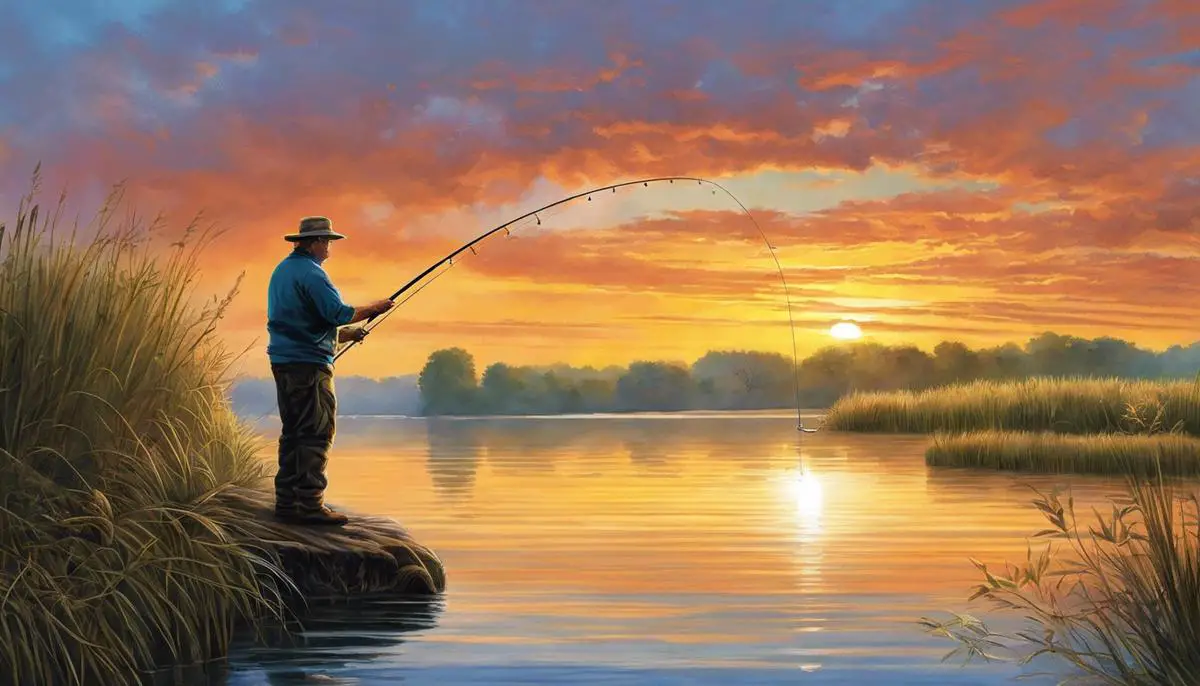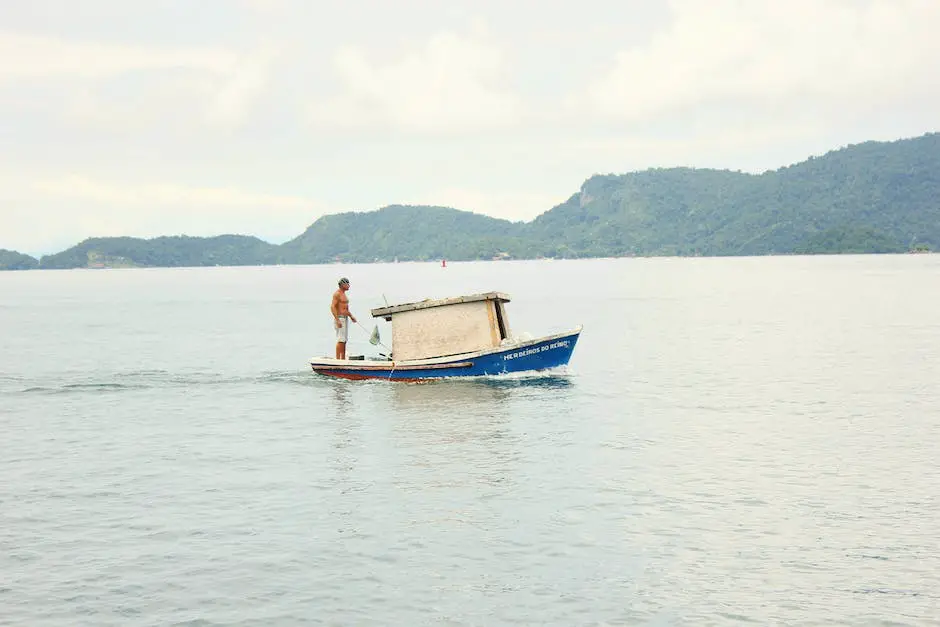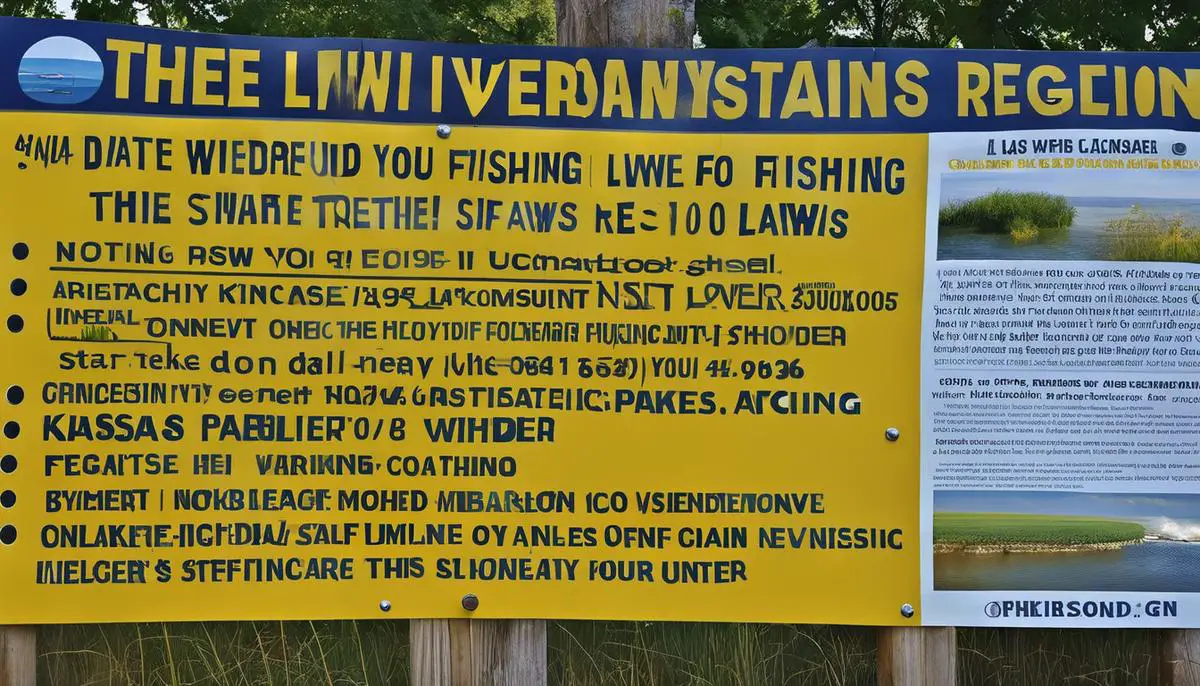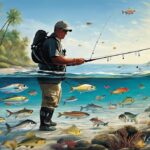Fishing can be a relaxing pastime, a competitive sport, or a critical source of food for many individuals around the world. However, with the privilege of fishing comes the responsibility to understand and respect the regulations put forth by authorities. In Kansas, for instance, there are specific rules and regulations regarding Crappie fishing that anglers must adhere to. These include legal size limits, defined fishing seasons, and particular rules for specific species like Crappie. A clear understanding of these laws, such as knowing the minimum length a Crappie must be before it’s legal to take home, upholds both legal and ethical standards in fishing.
Kansas Fishing Regulations
Unraveling the Intricacies of Kansas Fishing Regulations
Greetings, fellow angling aficionados! Delve into the mesmerizing azure depths of Kansas’ pristine lakes and rivers where the best of Mother Nature’s finned denizens lie in wait. However, just before reeling in that dream catch, remember, a responsible fisherman abides by the regional rules and regulations. So, let’s steer the boat into the vast ocean of Kansas fishing regulations today.
Firstly, anybody aged 16 to 74 must hold a valid Kansas fishing license before dipping a line into the state’s water bodies. Exception exists for residents still on active military duty and seniors aged 65 to 74 who can opt for a lifetime hunting and fishing license for a discounted rate. For all others, annual, short-term, and lifetime licenses are available – each specifically tailored to match diverse fishing aspirations.
Interstate anglers should note, licenses from other states don’t cover fishing in Kansas waters. All out-of-state fishing enthusiasts are required to have a non-resident fishing license, unless they fish from a licensed private fish management area. Don’t forget, buying a license is, in fact, contributing to maintaining the rich fishing resources of the Sunflower State as license fees fund conservation and fish-stocking programs.
Size and crappie limit in Kansas? Unlike many states, it doesn’t enforce a statewide size limit. Instead, some reservoirs have minimum length and daily creel limits for crappie. To make sure the catch is legal, always check the posted signs at the lake or reservoir, or refer to the Kansas Fishing Regulations Summary.
What about the trout season? Kansas designates trout season from 15th November to 15th April. Additional charges for trout permit apply during these months on selected waters. Place of catch also matters – trout caught from ‘Type 1 or 2 waters’ require a permit as well.
Shovelnose sturgeon aficionados should know the fishing season for this variety runs annually from June through April. The harvestable size is over 24 inches only. Remember, recreational anglers can only keep two shovelnose sturgeon per day.
When fishing in the river systems such as the Arkansas, Kansas, and Missouri, there are some special regulations for catfish. Blue or Channel catfish fall within limits of 10 per day per licensed angler while it’s five for Flathead catfish. The stretch of Missouri river bordering Kansas has a daily creel limit of 5 blue catfish.
Every angler has a responsibility beyond the thrill of the cast and capture, which includes the imperative to respect designated fishing seasons, size, and creel limits. It’s always better to be in the know now than to manage a mishap downstream. Kansas Department of Wildlife, Parks and Tourism website is your oar here to navigate through comprehensive, up-to-date fishing rules and information.
So, fellow anglers, interpret Kansas’ fishing regulations not as restrictions, but as guideposts that secure the health and diverse richness of our watery wonderland. Wear these regulations as badges of honor, and let each adventure leave you ‘reel-ing’ with joy!

Crappie Size Limit
Understanding Kansas Crappie Size Limits
Fishing enthusiasts know that crappie is a popular freshwater fish found throughout North America, especially in Kansas. Kansas waters are teeming with both white and black crappie, making it the go-to state for crappie fishing. But before heading out with your fishing gear, there’s a relevant detail to keep in mind – the size limit for crappie in Kansas.
The Kansas Department of Wildlife, Parks, and Tourism (KDWPT) maintains specific regulations around fishing crappie. These regulations not only pertain to licensing and seasons but also extend to size limitations. In Kansas, the size limit for crappie is 10 inches minimum to maintain the fish population. To further conserve the crappie fishery, a daily creel limit of 50 crappie is also enforced. Combining size and creel limits ensures responsible fish management and the long-term health of the crappie population.
However, in some areas, length limits might change. Therefore, before casting your hook, it’s always a good practice to check the special regulations associated with the body of water you’re fishing from. Kansas has numerous reservoirs, county and city lakes with specific, and sometimes varied, fishing regulations. So, it’s better to be safe than sorry and avoid potential complications with local game wardens.
The point of the size limit, and all fishing regulations for that matter, is to ensure the sustainability of the crappie species. By catching only fish that meet this length requirement, smaller and younger fish have a chance to grow and reproduce. This allows the crappie population to thrive and ensures that crappie fishing in Kansas continues to provide enjoyment and sport to anglers for generations to come.
Remember, ethical anglers always respect fishing regulations. The size limit for crappie in Kansas is not only a rule, but it helps contribute to an abundant and healthy fisher, making every fishing trip a pleasure. Now that this fundamental information is clear, it’s time to grab your rod and reel and embark on a fantastic crappie fishing adventure in Kansas.

Fishing Ethics
Adhering to fishing size limits might seem like a tedious task that adds to the long list of things to remember when you’re embarking on your angling adventure.
However, size restrictions are not just arbitrary mandates issued by the Kansas Department of Wildlife, Parks, and Tourism to complicate your fishing experience, but are indeed a crucial part of sustainable fishing practices that all of us fishing enthusiasts should understand and respect.Understanding Fish Lifecycles: The science behind the fishing size limits, especially for popular catch like Crappie and Shovelnose Sturgeon, primarily involves the knowledge of fish lifecycles and their breeding patterns.
An established limit leaves enough mature adults in the water body to keep up reproduction and ensure future generations of fish. If anglers kept catching and not releasing fish smaller than a designated size, we could inadvertently hurt a fish species’ capacity to replenish their populations.
Hence, respecting size limits essentially contributes to the conservation of the species and its habitat.
Maintaining Ecosystem Balance: Our fish friends don’t exist in isolation. They’re part of a broader ecosystem where they serve as both predator and prey.
Too much fishing pressure on a particular species, especially smaller or juvenile ones, can skew this ecological balance.
For instance, excessive catch of smaller catfish can lead to an increase in their prey, altering the ecological dynamics of the entire water body.
Adhering to size limits helps in maintaining this delicate balance.
Instrumental for Fishery’s Health: It might not be immediately apparent when you reel in your catch, but fishing size limits have a significant impact on a fishery’s overall health.
Respect for such limits helps ensure a more healthy and robust fish population, ultimately leading to better fishing experiences for everyone in the long run.
Authentic Angling Ethics: Beyond the legal and environmental implications, observing size limits underscores the authentic ethics of angling.
Responsible and ethical angling isn’t just about the thrill of the catch. It’s about care and respect for the natural world that provides us with such joy and peace.
In conclusion, the importance of adhering to fishing size limits is intertwined with the very essence of responsible and sustainable fishing.
It is a commitment to the conservation of the incredibly diverse aquatic life forms that share the waterways with us and a tribute to the spirit of fishing itself.
As anglers, learning to respect these regulations isn’t just about staying within the law; it’s about making a conscious choice for the betterment of our beloved hobby.
Let’s keep our lakes, rivers, and reservoirs teeming with life for future generations of fishing enthusiasts to discover, enjoy, and cherish.

While it’s vital to know the size limits and the legal implications, understanding the reasons behind the rules brings forth the importance of fishing ethics. The regulations on size and quantity aren’t just a set of arbitrary rules; they serve to protect our aquatic ecosystems and the future sustainability of fishing in Kansas and beyond. Overfishing can lead to a decreased population of fishes and negatively impact the ecosystem as a whole. By being informed and respecting these guidelines, we not only uphold the law but also contribute to the conservation of our natural resources for future generations. Thus, fishing regulations and ethics go hand-in-hand to ensure the continued abundance and healthy balance of our waters for years to come.



Welcome to our blog!